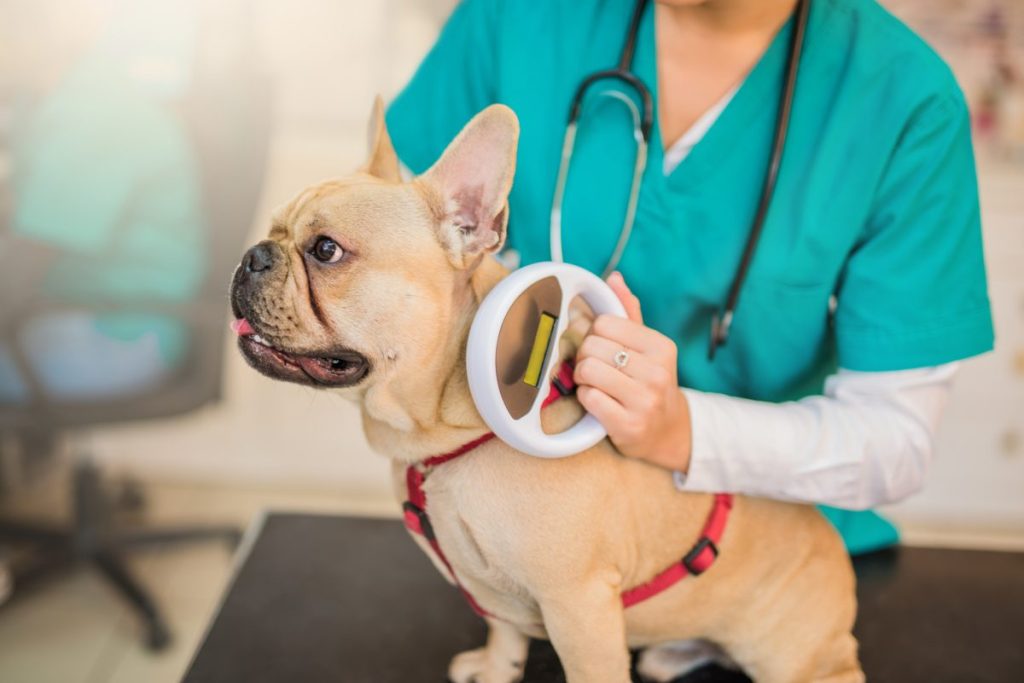As a devoted dog parent, ensuring the safety and well-being of your four-legged companion is of utmost importance. Microchipping has become an essential tool in reuniting lost dogs with their parents. Understanding microchips better will help you make an informed decision about your dog. Taking this simple precaution will provide you with peace of mind knowing that…







